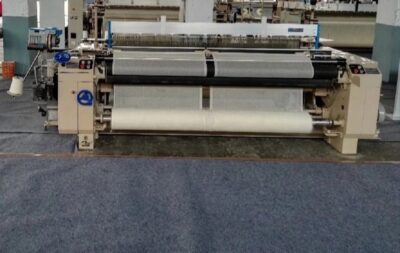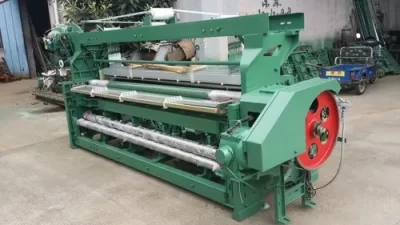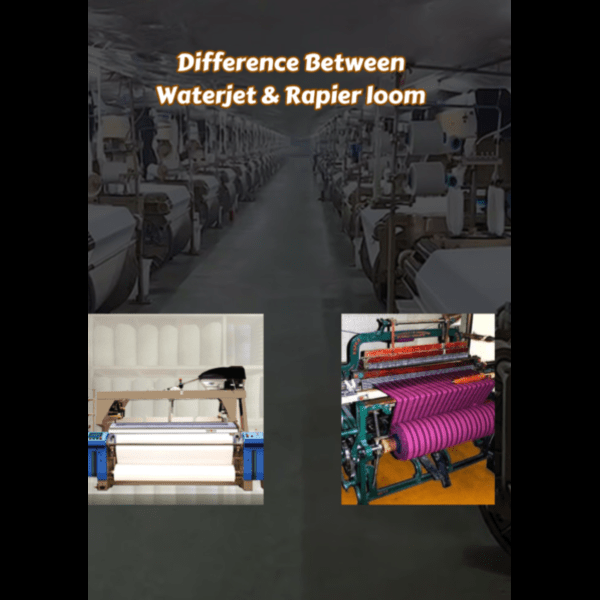When it comes to weaving fabrics, the choice of loom can significantly impact the efficiency, quality, and type of fabric produced. Two commonly used looms in the textile industry are the Airjet loom and the Rapier loom. Here are the key differences between them:
1. Method of Weft Insertion
- Airjet Loom:

- Uses a jet of compressed air to propel the weft yarn through the shed (the opening created by the warp threads).
- Suitable for lighter yarns that can be easily blown by air.
- Rapier Loom:

- Uses one or two rapiers (metal rods or tapes) to carry the weft yarn through the shed.
- Can handle a wide range of yarn types, including heavy and delicate yarns.
2. Speed and Productivity
- Airjet Loom:
- Generally faster, with speeds up to 1200 picks per minute.
- High production efficiency, making it ideal for large-scale manufacturing.
- Rapier Loom:
- Slower compared to airjet looms, with speeds up to 700 picks per minute.
- Slower speed is offset by the ability to handle a wider variety of yarns and complex patterns.
3. Fabric Quality and Versatility
- Airjet Loom:
- Best suited for simple, plain weaves and fabrics with consistent yarn quality.
- Limited in handling very delicate or very heavy yarns.
- Rapier Loom:
- Highly versatile, capable of producing complex patterns and high-quality fabrics.
- Can weave a wide range of yarn types, including delicate, heavy, and fancy yarns.
-
If you require high-speed production and are working with lightweight, simple fabrics, an airjet loom may be the best choice.
-
If versatility, the ability to handle a variety of yarns, and producing high-quality or complex fabrics are your priorities, a rapier loom would be more suitable.
Understanding these differences can help you make informed decisions for your textile production, ensuring the best balance between efficiency, cost, and fabric quality.

